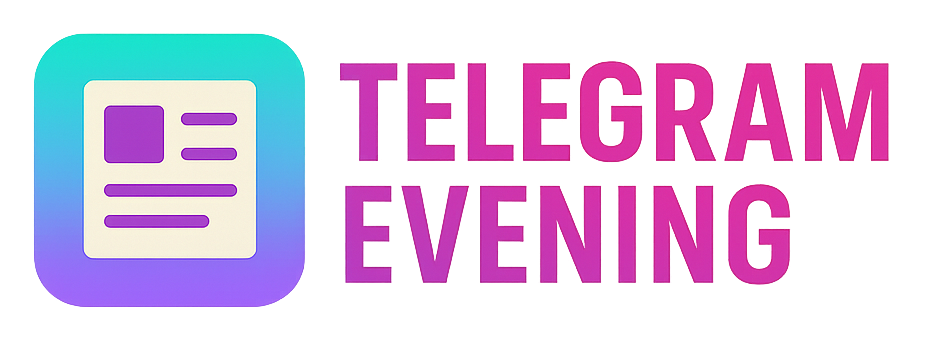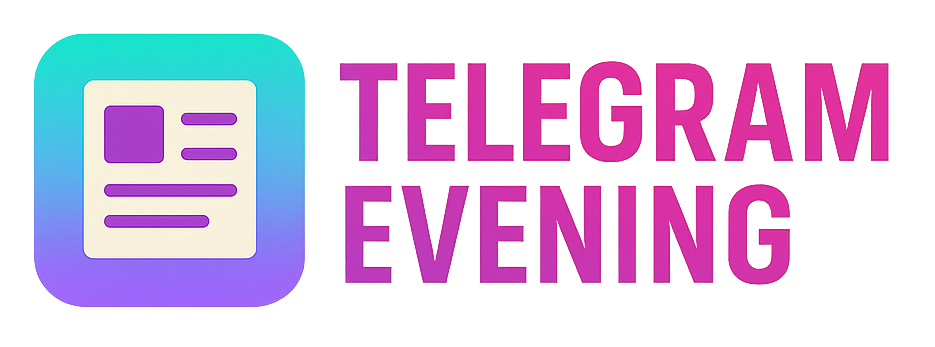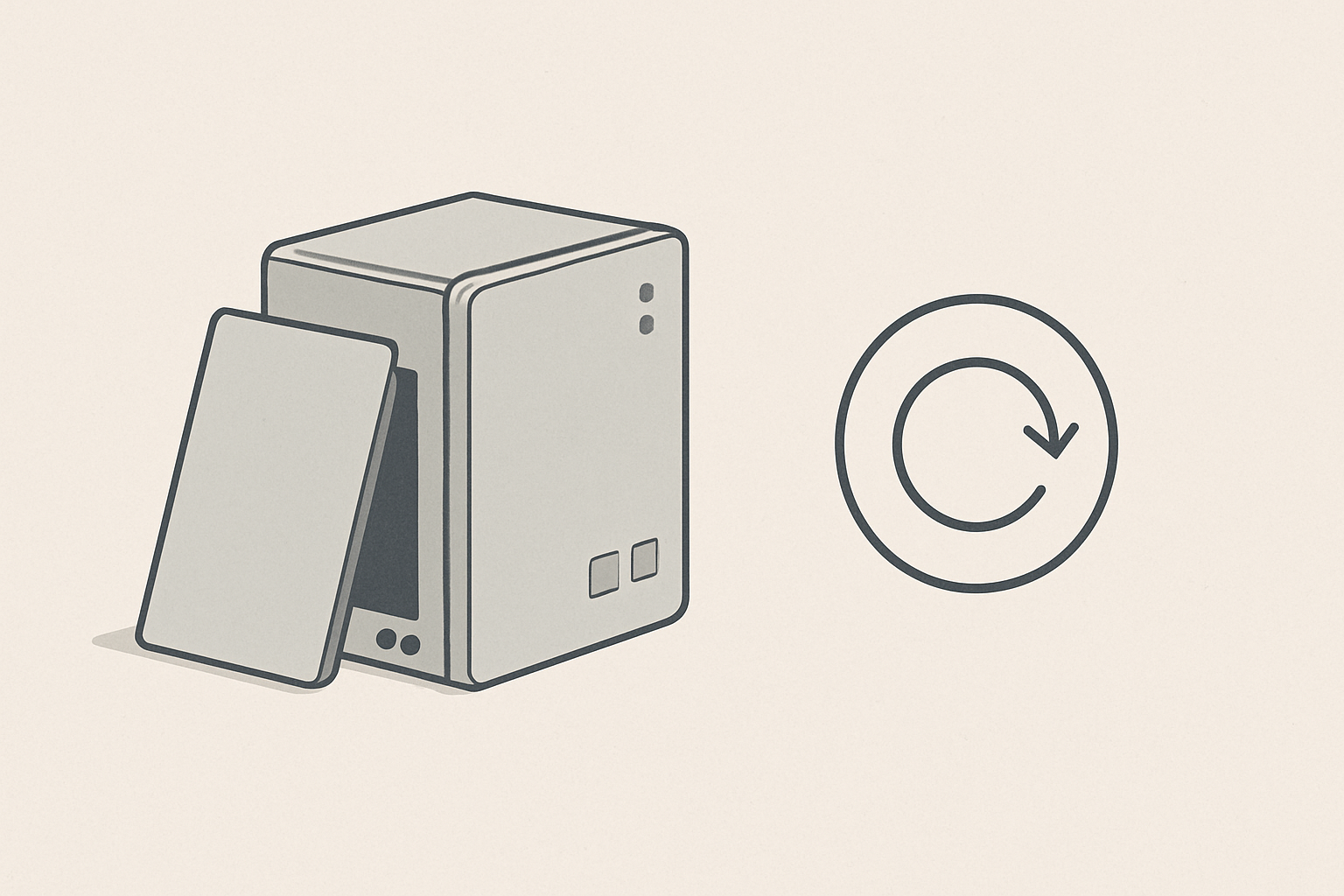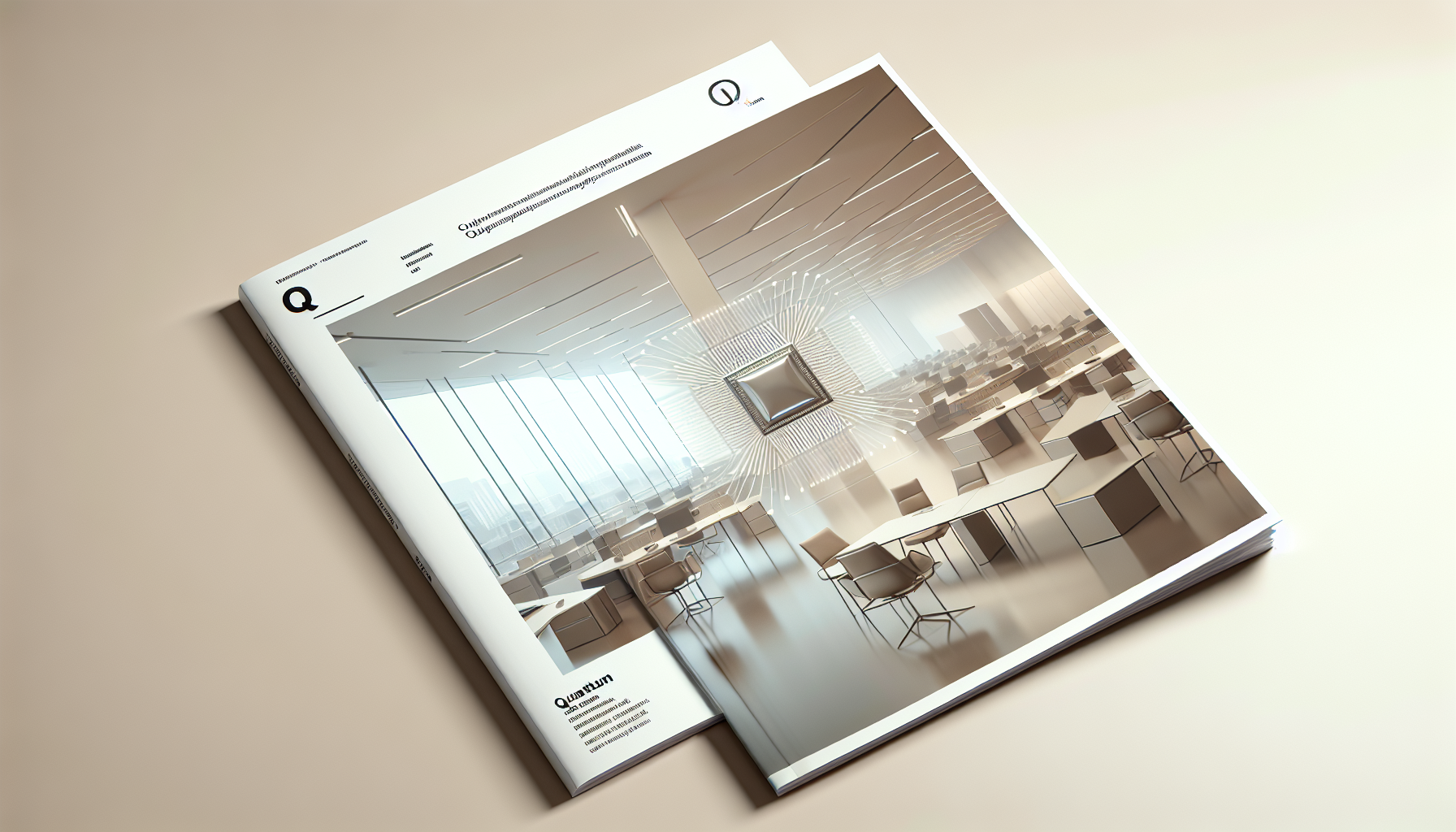Building Resilient Tech-Driven Business Models for Circular Economy Startups
Crafting adaptable business models is essential for tech startups in the circular economy.

Understanding the Circular Economy Challenge
The linear 'take-make-waste' economic model is increasingly unsustainable due to resource depletion and environmental impact. Circular economy startups aim to redefine value creation through reuse, repurposing, and sustainable resource management. The challenge for tech-driven startups is to develop resilient business models that support longevity, adaptability, and profitability while embedding circular principles.
Solution 1: Multi-Stakeholder Shared Value Framework
This framework focuses on creating a shared value ecosystem engaging suppliers, customers, communities, and regulators for sustainable growth.
- Step 1: Map the entire product lifecycle and identify waste or inefficiency hotspots.
- Step 2: Build partnerships with suppliers and recycling firms for resource recovery.
- Step 3: Design modular and upgradable digital platforms to facilitate product-as-a-service or leasing models.
- Step 4: Implement transparent impact measurement tools, using blockchain for traceability, enhancing trust and regulatory compliance.
// Basic example for blockchain-enabled traceability of product lifecycle status
const Web3 = require('web3');
const web3 = new Web3('https://your-blockchain-node');
async function recordProductStatus(productId, status) {
const tx = {
to: 'smart_contract_address',
data: web3.eth.abi.encodeFunctionCall({
name: 'updateStatus',
type: 'function',
inputs: [{ type: 'uint256', name: 'productId' }, { type: 'string', name: 'status' }]
}, [productId, status]),
};
// Sign and send transaction logic here
}
Solution 2: Tech-Enabled Circular SaaS Platform Model
This business model leverages SaaS to offer digital tools that support circular resource utilisation and user engagement.
- Step 1: Develop a modular SaaS platform enabling client customisation in areas like asset tracking, waste reduction analytics, and user engagement.
- Step 2: Incorporate AI-driven predictive analytics to forecast resource needs and optimise inventory.
- Step 3: Create tiered subscription models incentivising sustainable behaviours (e.g., discounts for reduced resource usage).
- Step 4: Build APIs for integration with existing ERPs and supply chain management systems to facilitate seamless circular workflows.
# Example: Predictive analytics sample snippet using scikit-learn for resource demand forecasting
from sklearn.ensemble import RandomForestRegressor
import numpy as np
# Sample training data (features might include time, usage patterns, external factors)
X_train = np.array([[1, 10], [2, 15], [3, 20], [4, 25]])
y_train = np.array([100, 150, 200, 250])
model = RandomForestRegressor()
model.fit(X_train, y_train)
# Predict resource demand for next period
X_test = np.array([[5, 30]])
prediction = model.predict(X_test)
print(f'Predicted resource demand: {prediction[0]}')
Engagement and Insight Blocks
Did You Know? Circular economy models can reduce material input needs by up to 32% while generating economic benefits worth €1.8 trillion annually in Europe alone (Ellen MacArthur Foundation).
Pro Tip: Early integration of technology that tracks product lifecycle and environmental impact builds customer trust and creates defensible market advantages.Q&A: Q: How do startups ensure scalability with circular economy principles? A: Choose modular platforms and cloud infrastructure that allow incremental scaling and evolving service offerings without major overhauls.
Evening Actionables
- Map your product or service lifecycle to identify circularity opportunities.
- Evaluate potential partners in resource recovery and sustainability compliance.
- Build or adopt technology stacks that support traceability (consider blockchain).
- Develop a SaaS prototype offering clear value for circular workflows with customer-centric features.
- Design flexible monetisation models that reward sustainable behaviours and repeat engagements.
For an in-depth view on integrating AI into customer-centric SaaS frameworks, see Building Sustainable SaaS Growth Engines with AI-Driven Customer Success Frameworks.





Comments ()